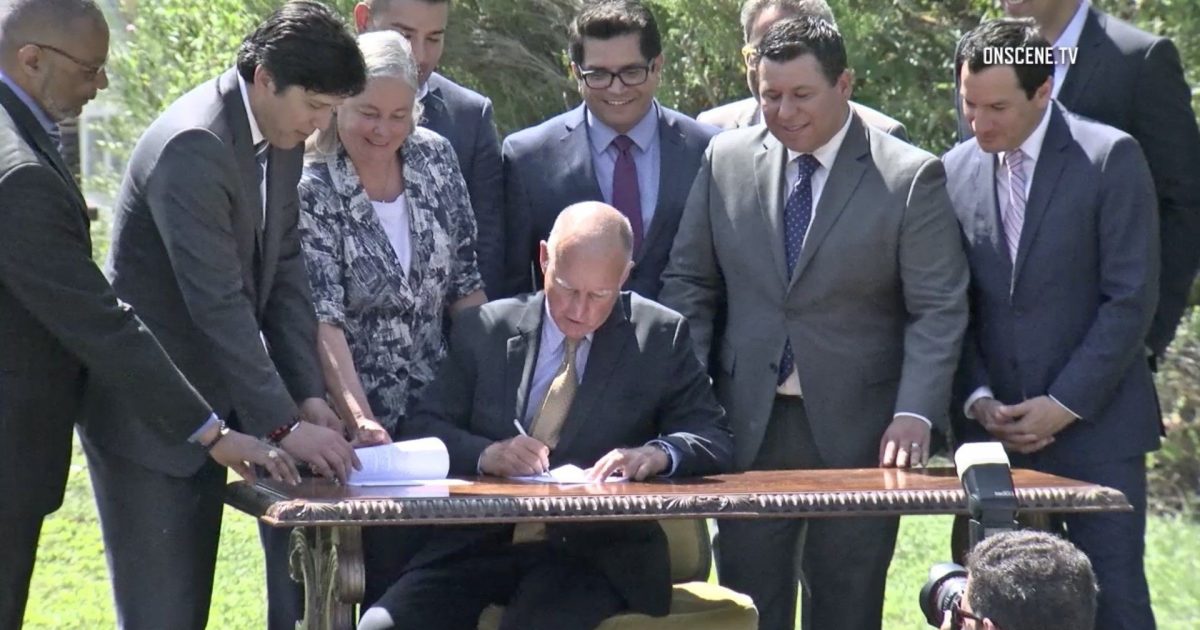Dangerous Climate Whiplash: A Global Urban Crisis

Table of Contents
Increased Frequency and Intensity of Extreme Weather Events in Urban Areas
Urban centers, with their dense populations and complex infrastructure, are particularly vulnerable to the escalating impacts of climate change. The increased frequency and intensity of extreme weather events are placing unprecedented strain on our cities.
Heatwaves and Their Impact on Urban Populations
Heatwaves are becoming more frequent and intense, leading to:
- Increased mortality rates: Vulnerable populations, including the elderly and low-income communities, are disproportionately affected, experiencing heatstroke and other heat-related illnesses.
- Strain on healthcare systems: Hospitals and emergency services are overwhelmed during extreme heat events, impacting their ability to provide adequate care.
- Increased energy consumption and potential blackouts: Higher energy demand for air conditioning can strain power grids, potentially leading to widespread blackouts.
- Examples: The 2021 Pacific Northwest heatwave resulted in hundreds of excess deaths, highlighting the devastating impact of extreme heat on unprepared communities. European cities like London and Paris are also increasingly experiencing record-breaking temperatures, straining their healthcare and energy systems.
Flooding and its Devastating Consequences
Flash floods and prolonged rainfall are causing widespread devastation in many urban areas:
- Infrastructure damage: Roads, bridges, transportation systems, and underground infrastructure are frequently damaged, disrupting daily life and incurring significant economic costs.
- Disruption of essential services: Water, sanitation, and electricity services are often disrupted, leaving residents without access to basic necessities.
- Displacement of populations and loss of life: Flooding can force people from their homes, resulting in displacement and, tragically, loss of life.
- Increased risk of waterborne diseases: Contaminated floodwaters can spread waterborne diseases, posing further threats to public health.
- Examples: Cities like New Orleans, Mumbai, and Jakarta are particularly vulnerable to flooding, with recent events highlighting the inadequacy of existing infrastructure and disaster preparedness.
Other Extreme Weather Events and their Urban Impacts
Beyond heatwaves and flooding, other extreme weather events, including droughts, wildfires, and severe storms, pose significant challenges to urban areas. These events often have cascading effects, impacting multiple sectors simultaneously and exacerbating existing vulnerabilities. For example, droughts can lead to water shortages, wildfires can cause air pollution and damage infrastructure, and severe storms can disrupt transportation and communication networks. The 2017 wildfires in California, for instance, demonstrated the devastating impact of such events on urban areas, leading to widespread evacuations and significant economic losses.
Vulnerability of Urban Infrastructure to Climate Whiplash
The existing infrastructure in many cities is ill-equipped to handle the increased frequency and intensity of extreme weather events brought on by dangerous climate whiplash.
Aging Infrastructure and its Inability to Withstand Extreme Events
Outdated water systems, transportation networks, and power grids are particularly vulnerable. These systems were not designed to withstand the extreme conditions we are now experiencing, resulting in significant damage and costly repairs. The economic burden of repairing damaged infrastructure places a significant strain on city budgets, diverting resources from other essential services.
Lack of Climate-Resilient Urban Planning
Inadequate building codes and urban design often fail to account for the realities of extreme weather. Many cities lack the necessary regulations and planning strategies to build climate resilience. The absence of green infrastructure, such as green roofs and urban forests, further exacerbates the impact of extreme weather events.
Social and Economic Inequality Exacerbating Climate Vulnerability
Marginalized communities are disproportionately affected by climate change impacts. Low-income neighborhoods often lack the resources to adapt to extreme weather, resulting in greater vulnerability to displacement, health risks, and economic hardship. Equitable climate adaptation strategies are crucial to ensure that all communities are protected.
Strategies for Building Urban Resilience to Dangerous Climate Whiplash
Building urban resilience requires a multi-faceted approach that addresses infrastructure, planning, and community engagement.
Investing in Climate-Resilient Infrastructure
Developing robust and adaptable infrastructure is paramount. This includes investing in resilient materials, implementing innovative design solutions, and upgrading existing systems to withstand extreme weather events. Examples include flood-resistant buildings, elevated transportation systems, and decentralized energy grids.
Implementing Effective Early Warning Systems
Advanced warning systems are critical for effective disaster preparedness. Investing in improved weather forecasting technologies and community communication networks can significantly reduce the impact of extreme weather events.
Promoting Sustainable Urban Planning and Green Infrastructure
Green spaces play a crucial role in mitigating the effects of climate change. Integrating green infrastructure, such as green roofs, urban forests, and permeable pavements, can help reduce flooding, improve air quality, and lower urban temperatures. Sustainable transportation and energy systems are also essential for reducing greenhouse gas emissions and building a more sustainable urban environment.
Enhancing Community Engagement and Preparedness
Community-based adaptation strategies and emergency preparedness plans are essential. Public education and awareness campaigns can empower communities to better prepare for and respond to extreme weather events.
Conclusion: Addressing the Urgent Threat of Dangerous Climate Whiplash
Dangerous climate whiplash poses a significant and growing threat to urban areas globally. The increased frequency and intensity of extreme weather events, coupled with vulnerable infrastructure and social inequalities, demand immediate and coordinated action. We must invest in climate-resilient infrastructure, implement effective early warning systems, promote sustainable urban planning, and enhance community engagement. By understanding and addressing the challenges of dangerous climate whiplash, we can build more resilient and sustainable cities for future generations. Search for 'climate change adaptation [your city/region]' to discover local initiatives and contribute to building a more resilient future.

Featured Posts
-
 How To Watch The 2025 American Music Awards For Free Online
May 28, 2025
How To Watch The 2025 American Music Awards For Free Online
May 28, 2025 -
 Ramalan Cuaca Jawa Timur 6 Mei 2024 Hujan Di Beberapa Daerah
May 28, 2025
Ramalan Cuaca Jawa Timur 6 Mei 2024 Hujan Di Beberapa Daerah
May 28, 2025 -
 Manchester Uniteds Garnacho Appears To Ignore Fans Autograph Request
May 28, 2025
Manchester Uniteds Garnacho Appears To Ignore Fans Autograph Request
May 28, 2025 -
 Cities Under Siege The Growing Threat Of Dangerous Climate Whiplash
May 28, 2025
Cities Under Siege The Growing Threat Of Dangerous Climate Whiplash
May 28, 2025 -
 Daywatch The Improbable Homecoming Of Wwii Army Pvt James Loyd
May 28, 2025
Daywatch The Improbable Homecoming Of Wwii Army Pvt James Loyd
May 28, 2025
